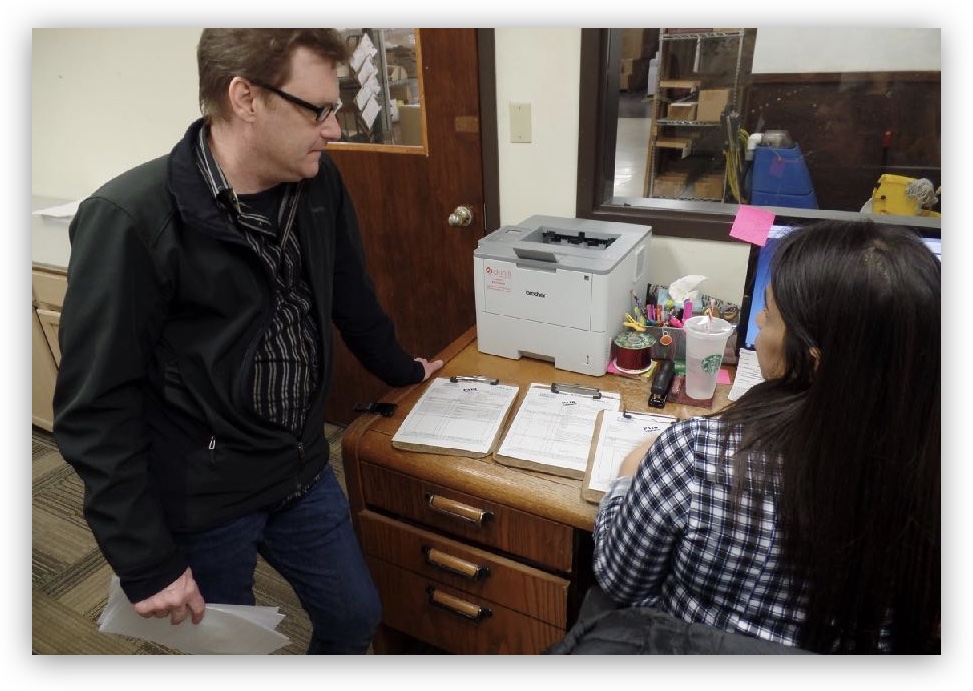How do we create a more flexible system that encourages self-service so we can scale our business?
A national logistics service provider engaged my team to consolidate and redesign the flow of their front end interface used by SMBs with small parcel, LTL, and/or FTL shipping needs. Their existing system was outdated and cumbersome to use and the lack of its adoption was causing them to lose new and existing customers to competitors.
Activities
- Kickoff Workshop
- Contextual Inquiry (Consumers)
- Contextual Inquiry (Employees)
- Affinity Diagramming
- Wall Walk
- Behavioral Personas
- Current and Future State Journey Maps
- Prototype Testing
- Case Study
- Logistics
- Engagement Type
- B2B & B2E
Approach
My team collaborated with the client to identify different groups of users of the system, both internal and external and created a research plan to discover how a new version of the software could be more seamlessly integrated into their business workflow. We visited over 40 SMBs in-person, across the country to observe them processing orders using the current system within their unique business processes.
The data helped us identify specific groups, regardless of business types, that needed a system to be flexible enough to match their business processes and flows. For example, some businesses had very simple, repeat orders that required rekeying of data over and over again, while other had unique and complex orders that required multiple submissions just to build one order. In addition we uncovered numerous business processes and integration points where a new software suite could increase ordering speed and efficiency.
Data Synthesis
After a literal national-wide tour of over 40 SMBs in the US, we collected over 4000 data points from customers and company employees. As we began to synthesize the data we determined we needed to delineate customer data from employee data even though there were several shared themes.
We conducted a ‘Wall Walk’ of the data and themes with existing/planned opportunities and newly discovered opportunities. We then determined which areas the collected data/themes to focus on for the initial version of the software and which features to back-burner for future projects before creating new designs and prototypes.
Output
We created 5 distinct behavioral-based user personas (customers only), 2 existing and future state journey maps, an opportunity matrix that ranked opportunities by value to client, value to business and development ease of implementation.
We then prototyped and tested specific order process flows to validate the new processes the data and themes suggested. Based on validation feedback we further refined and retested additional prototypes and flows, added a self-support interface to help older companies transition to the new flows and expanded the interface to support even more business use cases.





